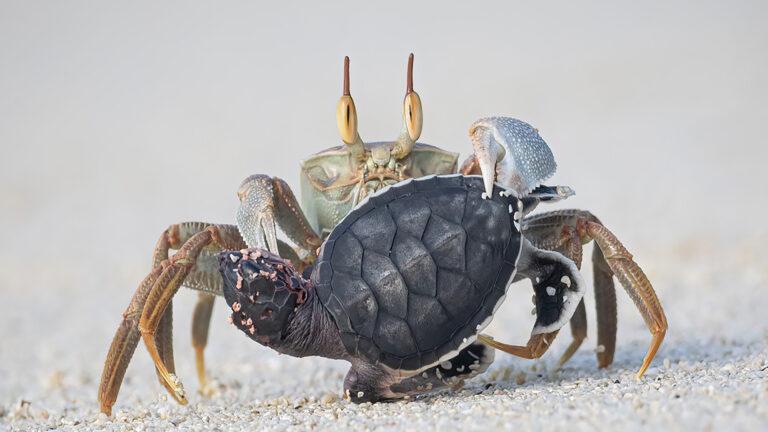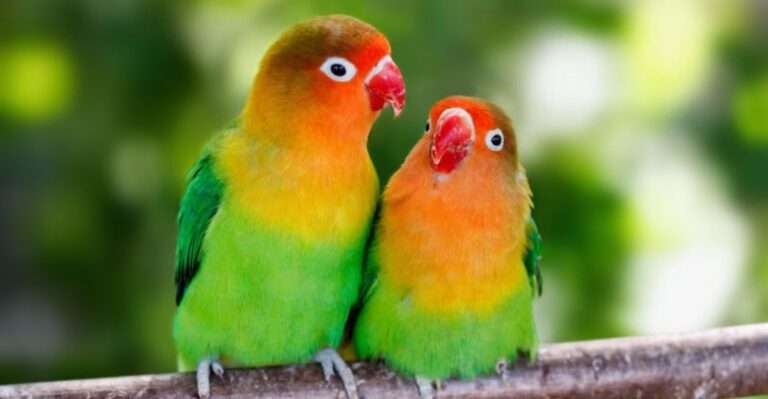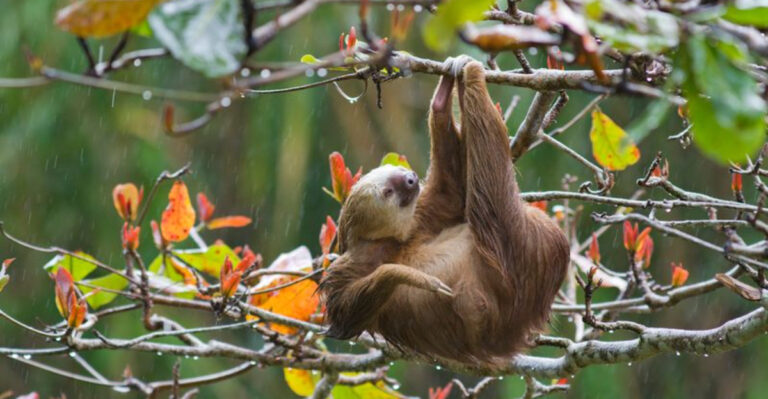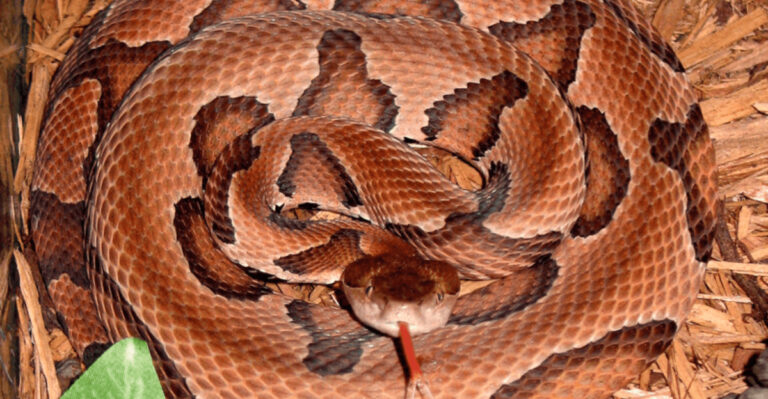15 Stunning Blue Animals And The Surprising Reasons Behind Their Vibrant Color
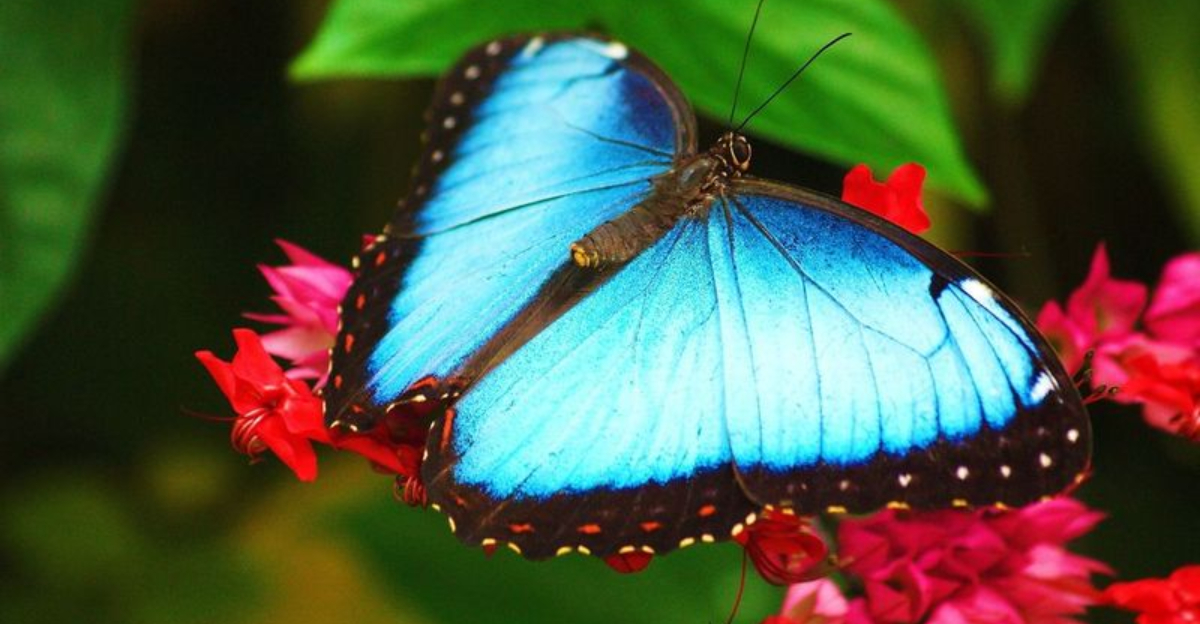
Nature’s palette includes some truly remarkable shades of blue, painted across creatures that dazzle with their vibrant appearance. Blue is actually one of the rarest colors in the animal kingdom, making these azure-hued creatures even more special.
The science behind their coloration is fascinating – many blue animals don’t actually contain blue pigment at all, but instead display the color through incredible light-bending structures in their skin, feathers, or scales.
1. Mandarin Fish
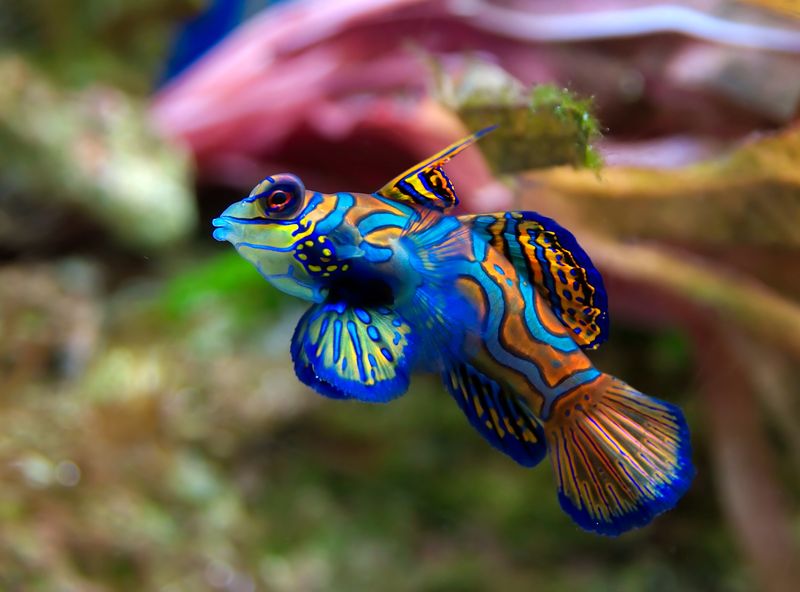
Swimming through coral reefs with electric confidence, the Mandarin Fish sports a kaleidoscope of blues, oranges and greens that would make any artist jealous. What makes its colors truly special? The blue pigment is genuine – not an optical illusion like most other blue animals.
These small reef dwellers are among the only animals on Earth containing true blue pigment called cyanophores. Notoriously picky eaters, they refuse aquarium food and only consume live prey, making them challenging pets despite their mesmerizing appearance.
2. Blue-Footed Boobies
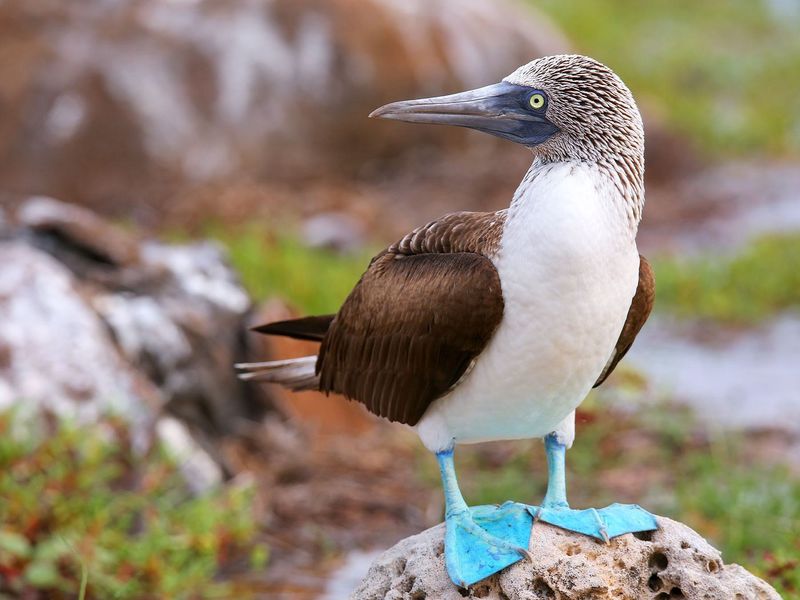
Those comically bright blue feet aren’t just for show – they’re crucial matchmaking tools. Male Blue-footed Boobies perform elaborate courtship dances, lifting their azure feet high in the air to impress potential mates.
The vibrant color comes from carotenoid pigments in their fish-heavy diet. Females actually judge male fitness by the brightness of their feet – a more vivid blue signals a better provider who can catch plenty of nutritious food. Found along the Pacific coast from California to Peru, these charismatic seabirds have become iconic wildlife ambassadors of the Galápagos Islands.
3. Blue Sapphire Tarantula
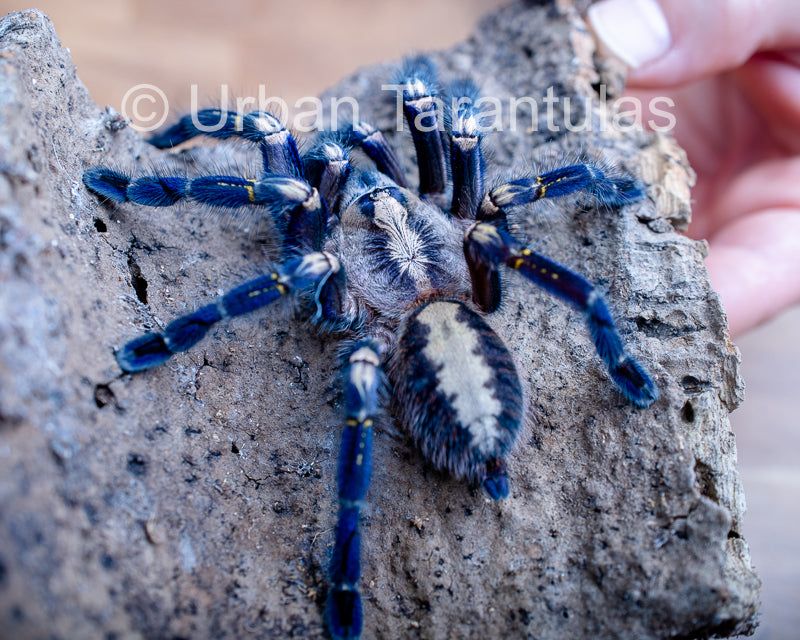
In the dense forests of South Asia, the Blue Sapphire Tarantula hides beneath the foliage. Its striking blue legs are a result of nanostructures that diffract light, creating an iridescent effect.
This vibrant color is a defensive adaptation, warning potential threats of its venomous bite.
Despite its fearsome appearance, the Blue Sapphire Tarantula is a shy creature, rarely seen by humans.
Its unique coloration makes it a sought-after specimen among collectors, though conservationists warn against disturbing its natural habitat.
A marvel of evolution, this tarantula reminds us of the wonders hidden within the world’s forests.
4. Blue Poison Dart Frog

Barely larger than a paperclip, these electric-blue amphibians pack a deadly punch. Their striking cobalt skin serves as a warning sign to predators: “Eat me and you’ll regret it!”
Native to South American rainforests, they acquire their toxicity from their diet of ants and mites, which contain alkaloid poisons. Indigenous people historically harvested these toxins to tip their hunting darts – hence the name. Interestingly, captive-bred specimens raised on different diets lack the wild frogs’ lethal chemistry while maintaining their stunning blue appearance.
5. Blue Morpho Butterfly
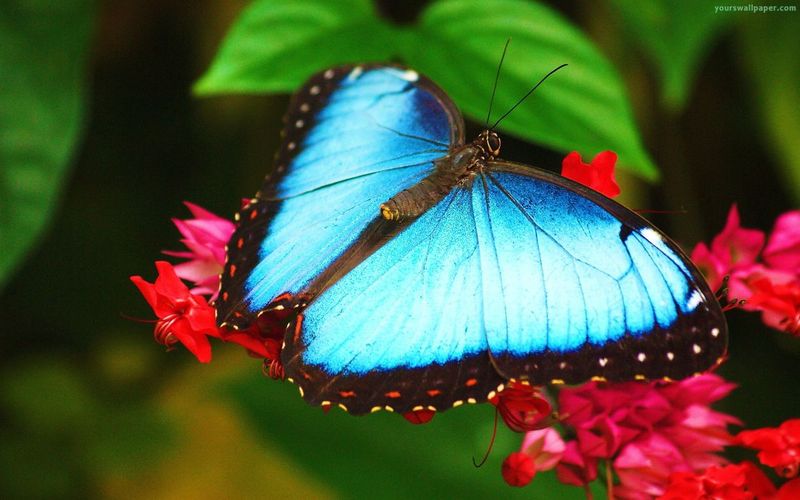
The Blue Morpho’s wings aren’t actually blue at all! Their stunning azure appearance comes from microscopic scales that reflect light at specific wavelengths, creating what scientists call structural color.
These tropical butterflies, native to Central and South American rainforests, flash their brilliant blue upper wings while flying, then disappear when they land and close their wings, revealing camouflaged brown undersides. This quick-change act confuses predators who lose track of them mid-flight.
6. Blue Dragon Sea Slug
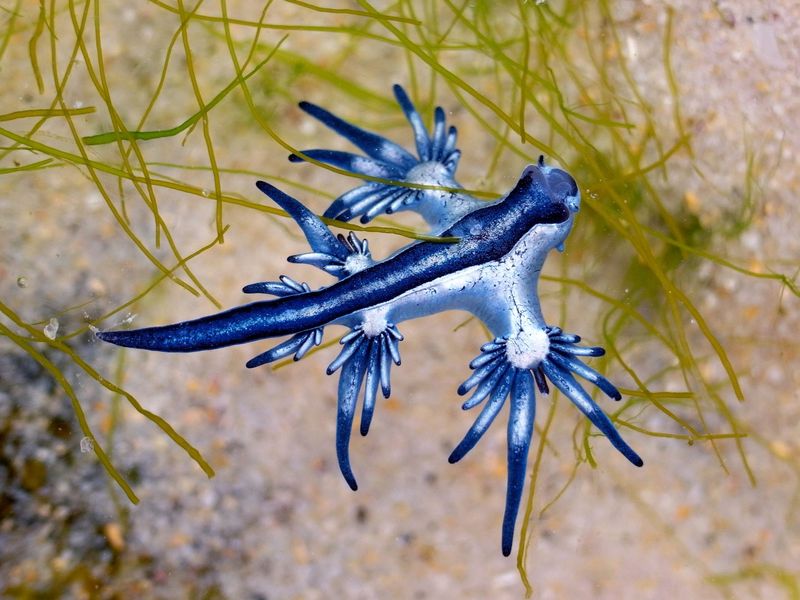
Looking like a creature from a fantasy novel, the Blue Dragon sea slug drifts upside-down at the ocean’s surface, its blue underside now facing the sky. This unusual orientation serves a clever purpose – camouflage against the blue water when viewed from above.
Despite measuring just 3 centimeters, these tiny predators fearlessly hunt Portuguese Man o’ War jellyfish, stealing their stinging cells for personal defense. The blue coloration comes from countershading – a form of camouflage where an animal’s color matches its typical background. When washed ashore, beachgoers should admire but never touch these beautiful but venomous creatures.
7. Blue Jay
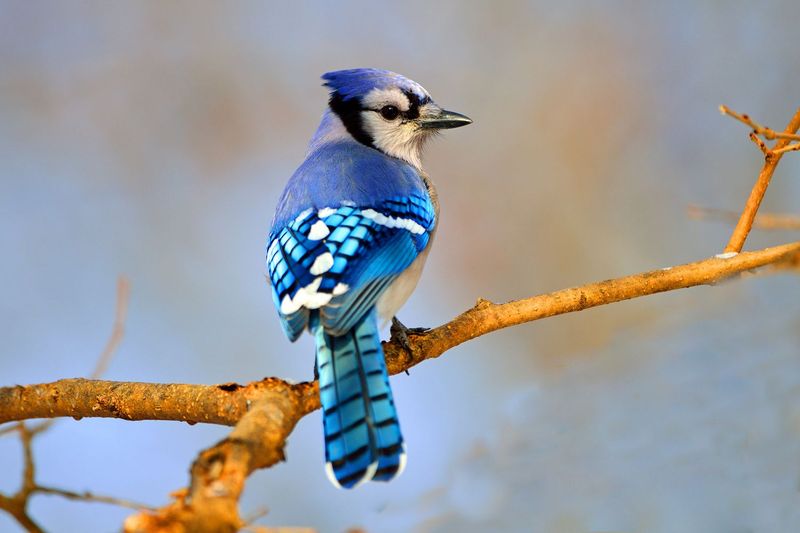
The Blue Jay’s brilliant plumage is one of nature’s most successful illusions. Those vibrant blue feathers contain no blue pigment whatsoever! Instead, microscopic structures in the feathers scatter light, reflecting only blue wavelengths back to our eyes.
If you were to crush a Blue Jay feather, the blue color would disappear completely. These intelligent birds are master mimics, capable of imitating hawk calls to scatter competitors from feeding areas. Part of the crow family, Blue Jays are among North America’s most recognizable and vocal backyard birds, known for their raucous calls and territorial nature.
8. Grand Cayman Blue Iguana
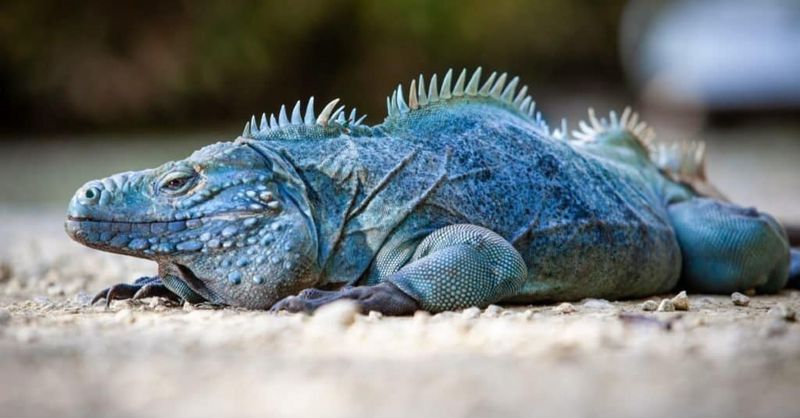
With skin the color of a clear Caribbean sky, the Grand Cayman Blue Iguana stands out dramatically against the island’s greenery. Unlike many blue animals, their coloration comes from actual pigment rather than structural effects.
These magnificent reptiles can grow up to 5 feet long and live for 60+ years. Once critically endangered with fewer than 25 wild individuals remaining in 2002, intensive conservation efforts have brought them back from the brink. Their unusual blue color intensifies during breeding season when males compete for females, turning from pale blue-gray to vibrant turquoise in a spectacular display.
9. Blue-Ringed Octopus

Don’t be fooled by its small size – this tennis ball-sized octopus packs venom powerful enough to kill 26 adults within minutes. Normally yellowish-brown, when threatened, it activates electric-blue rings across its body as a warning display.
These vibrant rings contain iridophores – specialized cells with stacked plates that reflect blue light when muscle contractions change their orientation. Native to tide pools and coral reefs in the Pacific and Indian Oceans, these masterful hunters use neurotoxins to paralyze prey instantly. Despite their deadly reputation, they’re typically shy and only display their hypnotic blue rings when feeling threatened.
10. Indigo Bunting
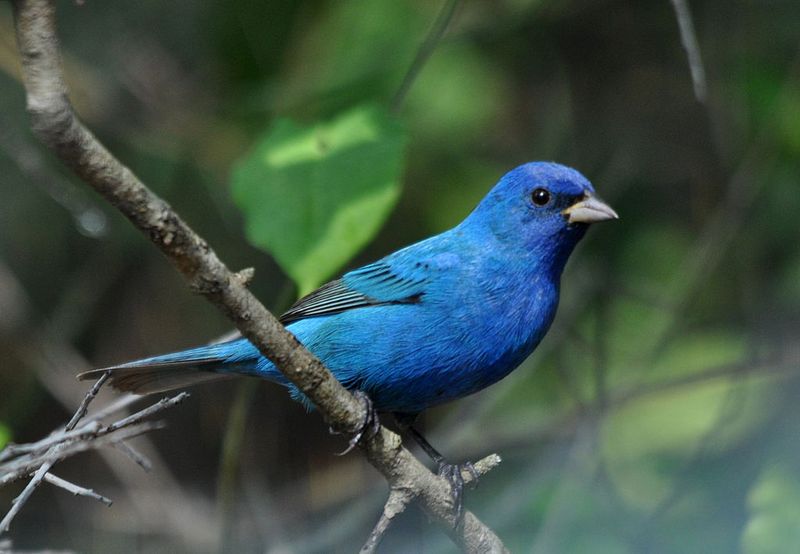
Male Indigo Buntings undergo a remarkable transformation each spring, changing from brown to dazzling blue. The secret? Their feathers actually contain no blue pigment – the vibrant color emerges through structural light refraction.
Fascinatingly, the intensity of their blue depends on sunlight exposure. More sun equals brighter blue! These melodious songbirds navigate by the stars during migration, flying over 1,200 miles between North American breeding grounds and winter homes in the Caribbean and Central America. Their celestial navigation abilities have made them important subjects in scientific studies on bird migration and orientation.
11. Blue Tang
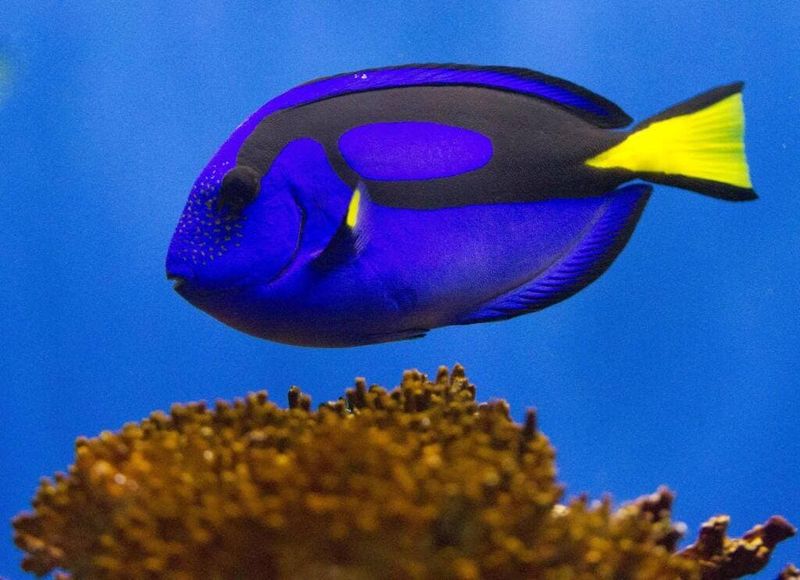
Finding Dory made this fish famous, but many don’t realize young Blue Tangs aren’t blue at all! They begin life as bright yellow juveniles, gradually transitioning to their iconic electric blue as they mature.
Scientists believe this dramatic color change helps with different camouflage needs throughout their life stages. Their vibrant adult blue comes from specialized cells called chromatophores that contain pigments and reflective crystals. These reef-dwelling surgeonfish get their name from the sharp, scalpel-like spines near their tails that can be extended for defense – a detail the animated movies conveniently left out!
12. Blue Bird-Of-Paradise

Male Blue Birds-of-Paradise transform into living art during courtship displays. Hanging upside-down from branches, they spread their vivid blue plumes into a mesmerizing fan shape while making bizarre mechanical clicking sounds to attract females.
Their extraordinary blue comes from both pigments and structural coloration, creating an almost metallic sheen. Endemic to remote New Guinea mountain forests, these birds were once thought mythical by Western scientists. Local indigenous tribes have long used their stunning feathers in ceremonial headdresses. Sadly, this practice, combined with habitat loss, has made these azure beauties increasingly rare.
13. Linckia Blue Star Starfish

Scattered across Indo-Pacific coral reefs like living sapphires, these electric-blue echinoderms possess remarkable regenerative abilities. They can regrow entire new bodies from a single severed arm in a process called fission.
Their vivid blue coloration comes from a combination of carotenoid pigments and protein complexes – one of few cases of true blue pigment in nature. These peaceful stars grow up to 12 inches across and can live for decades. A fascinating adaptation allows them to release a damaged arm when threatened, sacrificing a limb to escape predators while the detached piece begins growing into a complete new starfish.
14. Blue Lobster
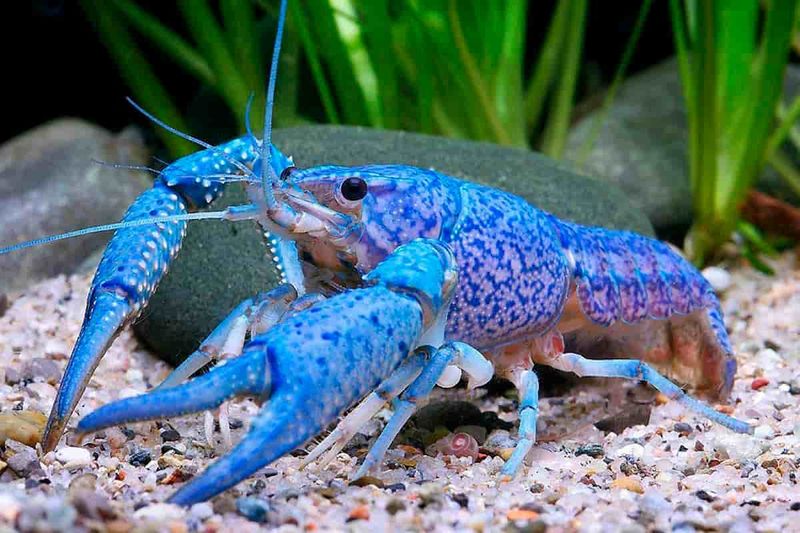
Imagine finding a brilliant jewel hidden beneath the waves.
With its electric blue shell, the blue lobster is a rare marine wonder, appearing only once in every two million lobsters. This striking coloration is due to a genetic mutation that affects the protein responsible for shell color.
Such a vivid blue serves as fantastic camouflage among the shimmering ocean waters, helping the lobster evade predators.
However, it also makes them highly sought after by collectors and chefs alike.
15. Blue Whales
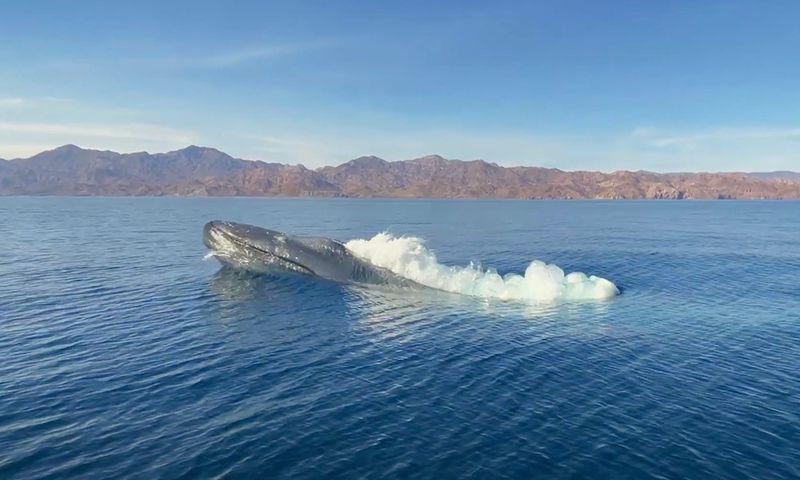
The majesty of the blue whale is unmatched. As the largest animal to have ever existed, its blue-grey coloring helps it blend seamlessly into the ocean depths. This coloration is not due to pigmentation but rather the scattering of light through its thick skin.
Interestingly, blue whales can communicate across vast ocean distances through low-frequency vocalizations. Their songs can travel hundreds of miles, a testament to their remarkable adaptation to marine life.

